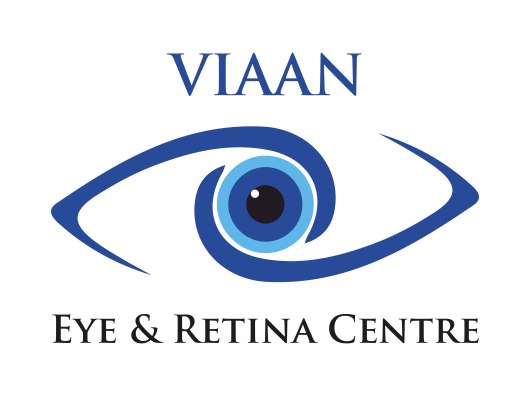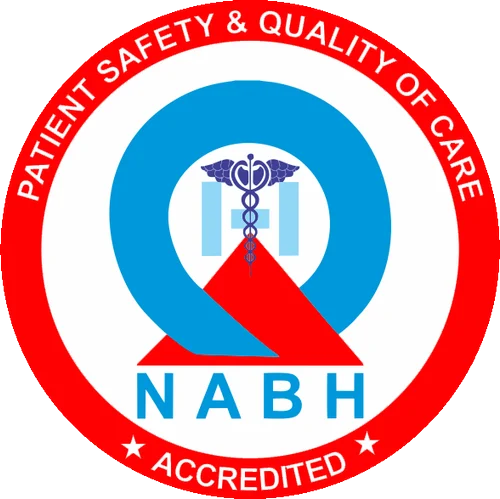Think about your day from the moment you wake up. The first thing most people do is check their phone. Then they move to a computer for work or school. After that, it is time for television, social media, or scrolling through shopping apps before bed. This routine is common for children, adults and even older people. Screens have become a big part of modern life and create stress on eyes.
But while screens make things easy and fast, they also come with a hidden cost—stress on eyes. Most people do not notice it right away. But slowly, after days, weeks and months, your eyes begin to feel tired. You might rub them more often, blink less, or even feel a slight headache behind your eyes. This is a warning sign. According to several health reports, an average adult now spends over 7 to 9 hours per day on digital screens. That’s a lot of strain on something as delicate as your eyes.
Why Do Digital Devices Hurt Our Eyes?
Our eyes are made to move naturally from near to far. They are not built to stare at a fixed screen for hours without blinking. When you use a phone, laptop, or tablet for too long, your eyes do not get the breaks they need. They stay focused in one place for too long and that leads to fatigue. The blue light from screens is also a major problem. It is very harsh and goes deeper into the eye compared to other kinds of light. This adds more stress on eyes, especially when you use screens in the dark.
Another reason for eye strain is reduced blinking. Normally, people blink around 15 to 20 times per minute. But while using screens, that number drops to just 5 to 7 times per minute. That means your eyes do not get enough moisture. This leads to dryness, redness, blurry vision and even pain. And it happens slowly, so you might not even realise what is causing it until the symptoms get worse.
Signs That Your Eyes Are Under Stress
Most people don’t realise they are facing eye strain until the symptoms become strong. You may think it is a headache or tiredness from work. But in many cases, it is actually stress on eyes. It is important to notice the early signs so you can fix the issue before it gets worse. Common signs include:
- Burning or stinging sensation in the eyes
- Blurred or double vision after screen time
- Redness or watering of eyes
- Frequent headaches, especially around the eyes
- Sensitivity to light
- Trouble focusing on objects nearby or far away
- Feeling like your eyes are always tired or heavy
If you experience these signs almost every day, it is time to take action. Eye stress is not just uncomfortable. If ignored for too long, it can lead to long-term vision problems that are harder to fix.
The Impact on Children and Teenagers
Children are growing up in a world full of screens. From online classes to games and videos, kids are now spending more time in front of screens than ever before. Reports suggest that children between 5 to 15 years old spend about 4 to 6 hours daily on screens and the number is even higher for teenagers.
Their eyes are still developing, which makes them more sensitive. Long hours of screen exposure at a young age can increase stress on eyes and may lead to problems like nearsightedness (myopia), dry eyes and poor focus. Many kids won’t say if they’re having trouble. They might just become cranky or complain of headaches. That’s why parents need to keep a watchful eye on how long their kids are using devices and if they’re showing any discomfort.
Working Professionals and Screen Fatigue
For office workers, digital screens are a part of the job. Emails, video calls, reports, presentations—it’s all on a screen. People working from home often forget to take proper breaks. The lines between work and rest are blurred. This means longer working hours and less movement. All of this creates a routine where stress on eyes becomes constant and unnoticed.
The problem is not just with the screen itself. Poor lighting, wrong posture and sitting too close or too far from the screen can also make eye strain worse. If your eyes feel heavy at the end of the day, or if you get headaches even after a full night’s sleep, chances are your eyes are overworked.
To make things harder, many professionals don’t wear the right glasses or lenses for screen use. This adds more stress on eyes, which could easily be avoided with the correct eyewear and regular check-ups.
Simple Things You Can Do to Protect Your Eyes
The good news is, you do not need to give up your devices completely. Small changes can go a long way in reducing stress on eyes. Here are some simple habits you can start today:
Take Regular Breaks: Follow the 20-20-20 rule. After every 20 minutes of screen use, look at something 20 feet away for 20 seconds. This gives your eye muscles a short break and helps them relax.
Blink More Often: Try to blink consciously while using devices. Blinking helps spread tears and keeps your eyes moist. It is one of the easiest ways to fight dryness.
Use the Right Light: Avoid using screens in dark rooms. Make sure your workspace has soft lighting. Too much brightness or complete darkness adds strain.
Use Blue Light Filters: Most phones and computers now come with night mode or blue light filter options. Turn them on, especially during evening hours, to reduce exposure.
Adjust Screen Position: Keep your screen at eye level and at a safe distance—about an arm’s length away. Looking too high or low can strain your neck and eyes.
Keep Screens Clean: Dirty screens reduce clarity, which makes your eyes work harder to focus. Wipe them regularly to avoid extra strain.
Don’t Forget to Rest and Eat Well
Your eyes, just like your body, need proper rest and nutrition. Make sure you sleep for at least 7 to 8 hours every night. This helps your eyes relax and recover. If you stay up late using your phone or watching TV, your eyes do not get enough time to heal from the stress of the day.
Eating the right foods also helps. Add carrots, spinach, oranges and almonds to your daily meals. These foods are rich in vitamins A, C and E, which support eye health. Also, drink enough water to keep your body and eyes hydrated. All of this reduces stress on eyes in the long run.
When It’s Time to See a Specialist
If your eye strain continues even after making all these changes, do not wait. Visit an expert and get your eyes checked. Sometimes, you may need glasses or special lenses for screen use. Other times, there may be a deeper issue that only a doctor can find.
Ignoring stress on eyes for too long can lead to serious problems like dry eye syndrome, worsening vision, or even early cataracts. A quick check-up can save you from bigger trouble in the future.
Conclusion
We live in a digital time and screens are part of our life that create a huge stress on eyes. But that does not mean our eyes should suffer every day. By taking small steps, paying attention to early signs and giving your eyes the care they deserve, you can avoid serious vision problems.
And if you’re looking for expert advice, book a check-up with an eye doctor in Gurgaon. Viaan Eye and Retina Centre, skilled specialists offer advanced care for all kinds of vision problems, including digital eye strain. Let your eyes rest and heal—with the right care, they’ll serve you well for years to come.



